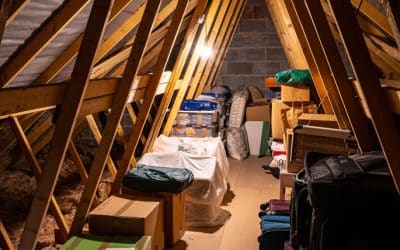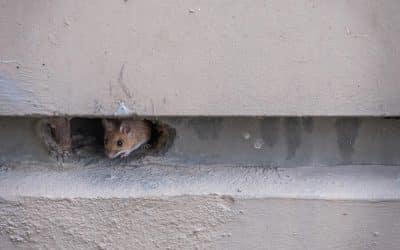
Pest Identification: Ladybugs
As temperatures fluctuate in the fall, ladybugs seek shelter for winter, often in buildings and homes. They are drawn to lighter colors and typically enter through cracks in soffits or loosely fitting windows and doors. They leave a scent to signal others to a suitable location. Ladybugs don't fly below 55 degrees Fahrenheit but can travel long distances to find high elevation wintering spots.
Inside buildings, they tend to hide in groups in concealed areas to overwinter, surviving on stored fat. In fluctuating temperatures or as spring nears, indoor lights may confuse them, causing aimless flying and eventual death if they can't find an exit. When disturbed, ladybugs can release a yellowish fluid with an unpleasant odor from their legs, which can stain household items.
Similar overwintering habits are seen in Western Conifer Seed Bugs, Stink Bugs, and Cluster Flies.
To manage these insects, it's crucial to identify and seal entry points to prevent future entry. Once indoors, a vacuum cleaner can effectively capture them. Indoor use of insecticides is not recommended as dead insects can attract other pests like larder and carpet beetles. The best prevention is a chemical barrier (traditional or organic) applied externally to the building or home in the fall, particularly in August and early September, as part of a Fall Invader Program.
Ladybugs are considered an Occasional Invader, the best time to treat them is early Fall (mid-August to early September) with our Fall Invader Program. Once they get in, they are in. Please call Ford's Hometown Services for a quote.

Buzzwords
5 Things in Your Home That Are Secretly Attracting Mice
When mice show up in your home, it might feel like you’ve been randomly selected. But you’re not. Most homes unintentionally offer everything a mouse needs to survive: food, warmth, shelter, and a safe place to nest. Even homes that are clean and well-maintained can...
Give Your House a Winter Check-Up and Keep Pests, Mice, and Wildlife Out
Winter is officially here, and while you’re getting yourself ready for the cold, don’t forget your home needs a little winter prep, too. Think of it like your home’s annual check-up: a quick once-over to make sure everything is in good shape before pests start looking...
How Mice Sneak Into Your Home (And What You Can Do About It)
Your home feels extra cozy in the winter, with warm blankets, soft lighting, and maybe even a fire on chilly nights. But while you’re settling in, mice are out there searching for a warm place to hide. For many Massachusetts homeowners, that means your house is at...



